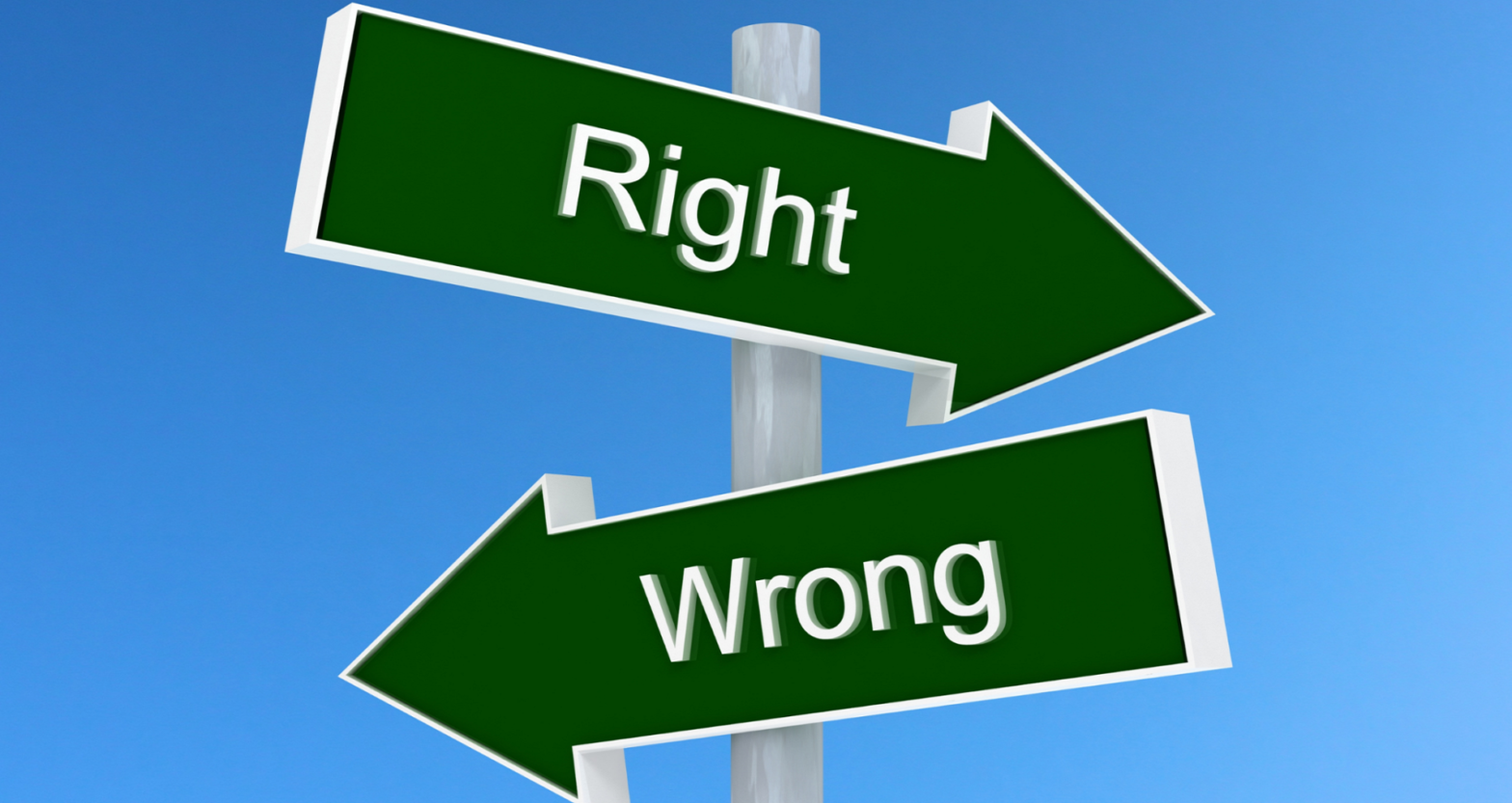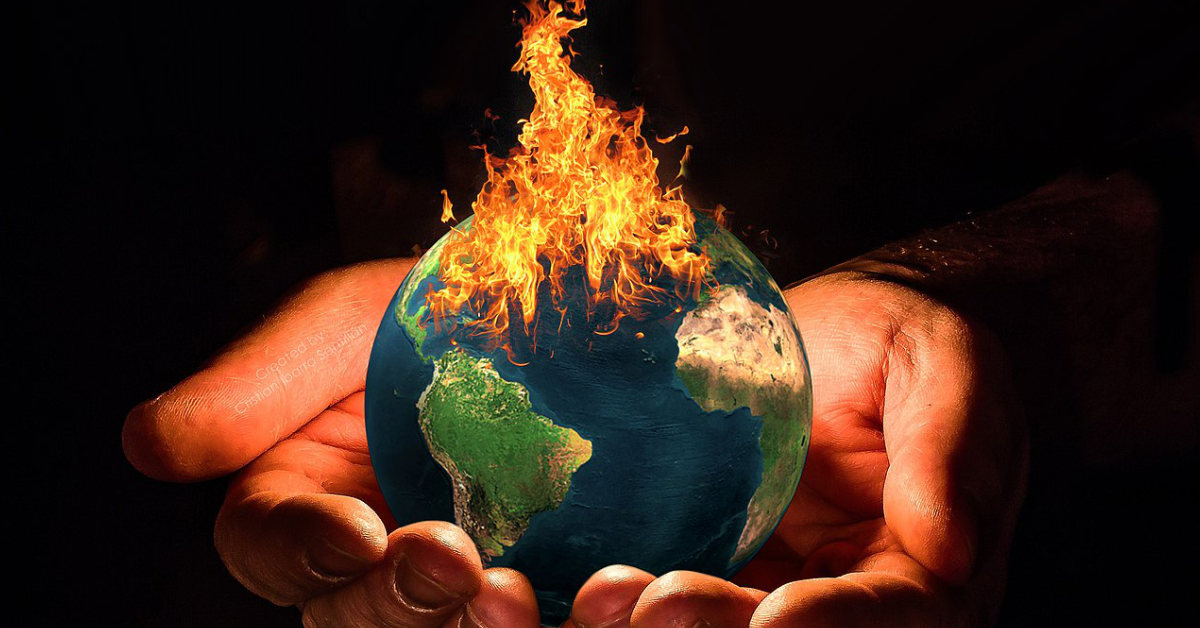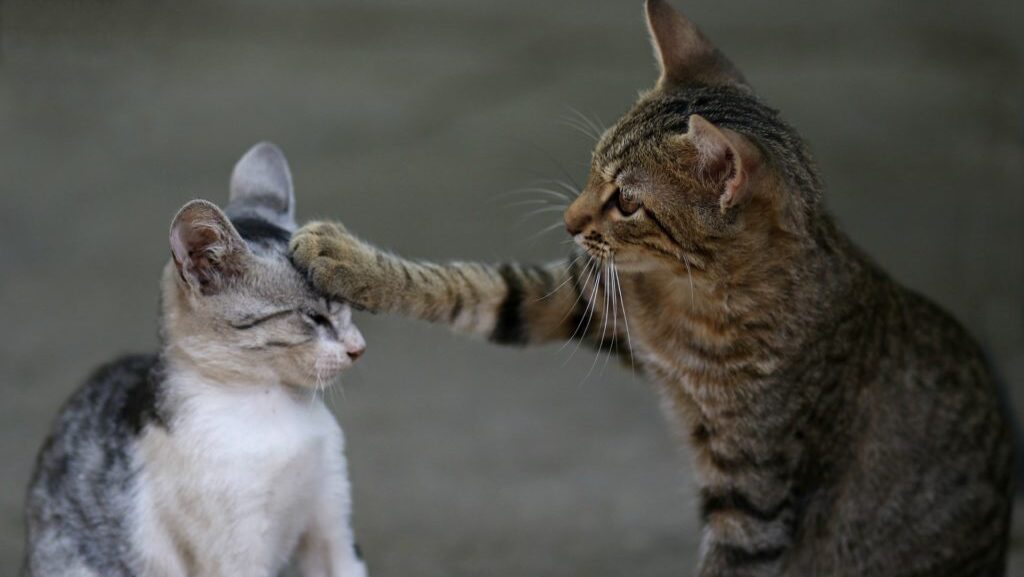In the previous post we looked at how dominant the motif of seeking to be right is in our culture. It is one of the most singular influences on our behavior and our relations. Now we’ll turn our attention to understanding just how this prevailing compulsion to be correct came into being.
The way that we see reality is very influenced by what is known as Aristotelian thinking. Aristotle’s philosophy held that things were or were not, is or is not. This duality very much filters how we picture reality operating. This is known as either/or thinking. It structures our beliefs into a very simple posture. We therefore know of something only by including its opposite.
Interested in bespoke marriage and relationship counseling from Mel Schwartz? Reach out!
The word “hate” wouldn’t have much meaning without the notion of “love.” “Good” wouldn’t make sense without including “bad.” The pairing of opposites helps us to differentiate things and these notions shape the mindscape of our reality. But this also entrains our thinking to look at the opposition and forget that there is an included middle – a place where the opposites coexist – which we’ll get to in just a moment.
This dichotomy of either/or thinking would naturally lead us down the path to either being right or being wrong. Our identity becomes very wed with what we believe to be the truth. Our thoughts work overtime to protect this self-constructed image of our identity. Most people protect their egos by defending the need to be right. In so doing, thought mightily defends its territory. Rigid thought accompanies a fragile sense of self. The more tied we are to being right, the more rigid our beliefs and thoughts. So we begin to see thought defending its territory and doing battle with the possibility of being wrong.
Vulnerability or Strength?
The paradox here is that vulnerability of thought – being comfortable with being wrong – is actually powerful and strong. Once we free ourselves from the need to be right, our thinking and our discourse open up. Not being tied to defending the need to be right opens up wonder, inquiry and a quest for learning. It also provides an exceptional nutrient for our relationships. What I am describing is not vulnerability as we ordinarily think of it, which is feeling at risk or insecure. It’s just the opposite. Not having to be right permits a healthy vulnerability. If I don’t need to be right and am not embarrassed to be wrong, I am in fact far more powerful. I have nothing to fear by what others think and my sense of self isn’t tied to such a silly artifact. In other words, I am liberated by not having to be right. This actually fosters a more powerful self-esteem.
Emerging Sciences
Over the last century the emerging sciences – quantum physics, complexity theory, chaos theory – have revealed a new vista of reality, one in which things are and are not at the same time. As counterintuitive as this may sound, it has been empirically proven time and again. Light exists both as a particle and as a wave simultaneously. The either/or falls apart. Our rational desire to break things down into neat and distinct categories that fit into is or is not falls apart and becomes invalid. The simplicity with which our minds have perceived and participated with reality no longer appears valid. And this simplicity may in fact contribute to many of the difficulties we face in overcoming life’s challenges.
At times, things aren’t so simple. At twilight is it day or night? The confusing answer might be yes. Do you love me or hate me? Might depend upon the moment. The either/or dichotomy falls away. Sometimes things become more complex than the simplicity of either/or thinking. When I teach my Emergent Thinking course, invariably someone asks the question, “Mel, do we discover reality or create reality?” My quizzical response is simply yes. I have retrained my mind not to fall into either/or thinking. I believe that we both discover and create at the same time. One doesn’t preclude the other. Discovery suggests that it lies out there. Create implies that the source is from within. The very demarcation between in here and out there is simply a way in which we’ve been trained to see reality. The new sciences suggest that this duality is simply our way of picturing reality – not how things actually operate. When we transcend the limitations of either/or patterns we begin to see in wholeness.
“Either” and “Or”
Shifting from either/or to either and or enables us to engage complexity and resist the temptation to oversimplify. We can see how stuck things become when rooted in the duality of either/or thinking. For example, do you believe in creative intelligence or do you believe in evolution? This sets up a simple one-sided answer. Is it not possible to believe in both? Does one preclude the other? Not necessarily. Can I be pro choice, yet highly sensitive to the ethical issues of abortion? I’d think so.
In more personal matters, the manner in which we get stuck in the argument reveals a monumental roadblock in generative dialogue and a destructive force in healthy communication and relationships. Refer to my post – The 5% Rule – for more detail on this tendency. Breaking free from either/or and embracing the complexity of and/or tends to validate each party rather than having each reject the other.
Complexity, which includes both opposing parts, permits all opinions and positions to be heard and considered. It does not suggest however, that we’ll remain mired in indecisiveness or clarity. There is a deeper and more authentic simplicity that emerges from complexity. As Oliver Wendell Holmes wrote, “I don’t give a fig for simplicity this side of complexity, but I’d give everything for simplicity on the other side of complexity.” He is suggesting that we resist the black or white thinking that entrenches our positions and embrace the shades of gray, which will ultimately inform our deeper and more informed beliefs. When we do so, we break free from the strait jacket of the right or wrong dilemma.
I’ll be offering a workshop on these topics next month. So, please join the mailing list to be advised of the details.
Follow Mel…
Find Mel on Facebook, Instagram, YouTube and LinkedIn.
Be sure to check out his book: The Possibility Principle.





Hi Mel,
I like your discovering mind and the inspiring ideas and thoughts that come from it……..
Some thoughts: You might want to google….. Trialectics. Perhaps you might find some information that might inspire more creative insights into that experiential place or mode of functioning that exists between dualities or in other words transcends dualities. Trialectics is the moment to moment flowing experience of “process”.
I look forward to more of your work.
My initial reaction is one of concern that if my thinking/reactions are not constrained by some framework I live in chaos. Is that an inherent resistance to letting go of right/wrong thinking?
To me Aristotle’s approach is valid in the life of dimensional human beings. We seem to need boundaries, spectrums, reference scales, things by which to measure stuff. The problem seems to lie with what you’re calling duality – a strict use of either/or, right/wrong, on/off.
When I was young I had all the answers. There was little mystery in life. Older adults were dumb. My scale of reference was tight – things were right or wrong, on or off, good or bad. Perfect duality, right? And life was simple. Sarah Palin would be jealous of my little teenage world.
Now old I have a much expanded frame of reference, a spectrum of experience by which to compare things. This is helpful because in my life I need some boundary, limits if you will. I can’t function in society thinking all things are like light – both particle and wave. I have to be able to relate and function within some moral framework where things fall somewhere along the line of right or wrong, good or bad, up or down.
Though based in duality of thought, my spectrum of experience has greatly expanded over the years. This allows me to avoid the rigidity of my youthful thinking. In other words the ends of my spectrum or reference scale are way out, much wider than they were when I had all the answers!
As the colors of a rainbow tend to gradually change in the transition from one to another, so is my thinking now. I slide along this scale from one position to another allowing me to consider other possibilities without having to worry much about where I am on the scale. My moral compass seems to work and it keeps me from flying all over the place! Therefore, most of my actions tend to center in the middle while it allows my thought to wander all over the scale.
There is something very limiting about my brain that seems to require that I know whether light is a wave or a particle, whether something is inherently good or bad, loving or hateful. But I can safely say that with age and experience that dualistic scale is now much wider than it used to be. That makes it very difficult to pinpoint where on the scale fall such things as opinions, studies, observations.
By the way, a boss I once had used to invite me in to help him think through things. He called it brainstorming: there were no good or bad ideas, no right or wrong – anything was fair game within that session. The rule was no ownership, just free form thinking. It was the best time I ever had in my corporate career. But I will say that rarely did we ever come to any useful conclusions. 🙂
Thanks for the recommendation Glenn. I believe that trialectics is similar to systems thinking or what Bateson referred to as an ecology of mind. That approach to thinking –which has been pivotal for me — has taken an interesting turn in the field of transdiscipinarity, which grew out of complexity theory.
It does seem to keep spiraling up! Enjoy the ride
Hi Thomas,
First of all thank you so much for sharing such personal and well thought out considerations. I very much appreciate such effort.
As for chaos, it’s such a value laden word. It evokes stress and anxiety. If we can let go and reframe it, it’s simply uncertainty, which provides a temporary resting place until we reach our next and higher level of understanding. You might want to read my earlier post –The Gift of Confusion –that speaks to this.
I’m not really proposing lack of boundaries or ethical reference points. We know full well what are instincts are telling us. The goal is to not simply react to those inveterate trigger points and try instead to embrace the contemplation. Through this process your beliefs may prevail, but they will be more complex and authentic for having opened them up to greater scrutiny..
While I completely agree with challenging and interrupting the either/or or black/white thinking, in my practice we embrace what we call the both/and philosophy instead. I find that using completely different and all inclusive words better formulates the new thinking process. It gives clients the room to have multiple plausible goods not just one and validates all of the many shades we may see in any given situation. I have a post on exactly this philosophy scheduled to run next week!
and @Thomas re: brainstorming, the purpose of brainstorming is to get all of the obvious and limiting ideas out of the way to free up the room to think more creatively and to come up with more solutions, not just one.
Thanks for your insightful comments Katherine.